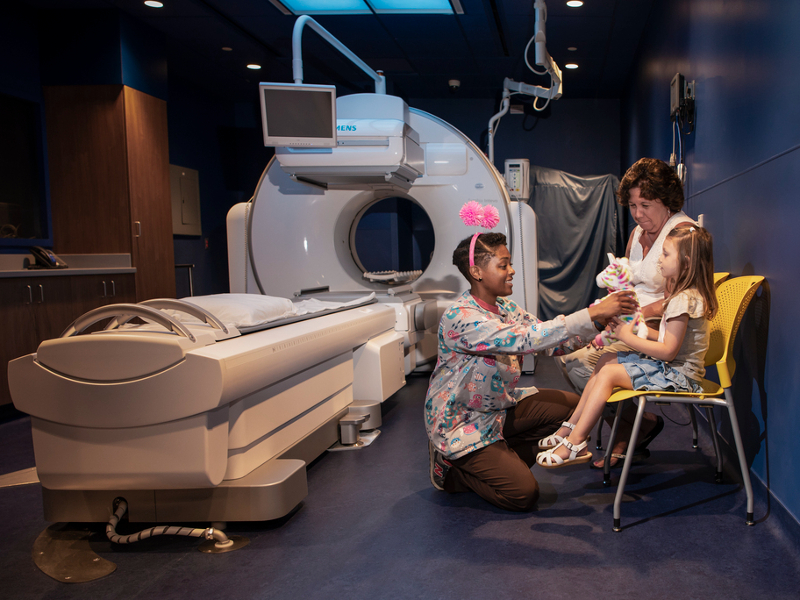Treatment
Pediatric Percutaneous Transhepatic Cholangiogram (PTC)
What is a percutaneous transhepatic cholangiogram (PTC)?
A percutaneous transhepatic cholangiogram, or PTC, is an X-ray of the bile ducts (also called the biliary ducts). Radiologists and other doctors use the images to determine if the ducts are underdeveloped or blocked. If the ducts are blocked, the doctor may place a drainage catheter. PTC is sometimes performed at the same time as a liver biopsy. Bile is a substance that helps digest fats. It is made in the liver and stored in the gallbladder. After meals, it is excreted into the intestines via the bile ducts.
Frequently Asked Questions
How is a PTC performed on children?
Will my child be awake for the PTC procedure?
Will my child be in any pain during the PTC procedure?
How long does a PTC procedure take for children?
What risks are associated with the PTC procedure in children?
How do my child and I prepare for the PTC procedure?
What happens after the PTC procedure in children?
When can I remove my child's bandage after a PTC procedure?
When can my child bathe after a PTC procedure?
When can my child resume normal activities like playing after a PTC procedure?
Providers Who Offer Percutaneous Transhepatic Cholangiogram
Departments that Offer Percutaneous Transhepatic Cholangiogram (PTC)

Interventional Radiology
Children's National interventional radiologists perform a full range of minimally invasive, image-guided procedures to both diagnose and treat disease in infants, children and adolescents. Learn more about how we help children in our care.

Help Kids and Make a Difference
Invest in future cures for some of life's most devastating diseases. Give today to help more children grow up stronger.




